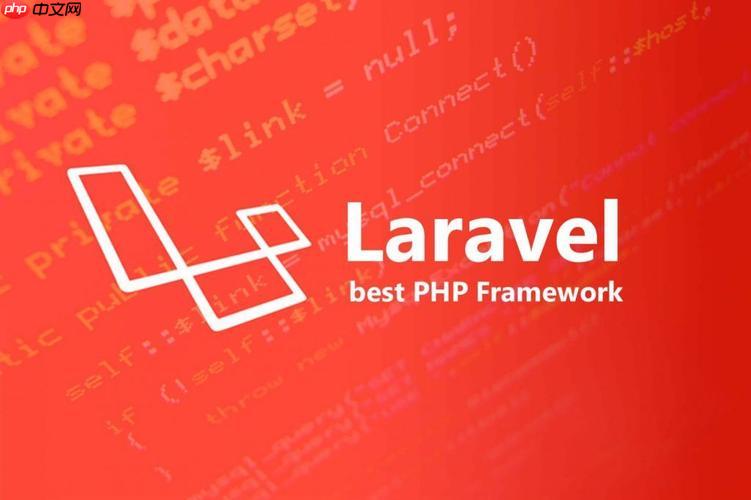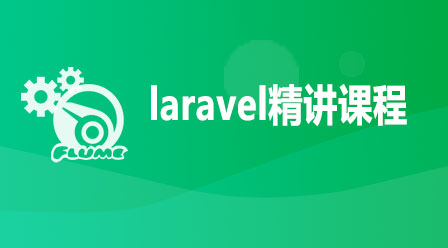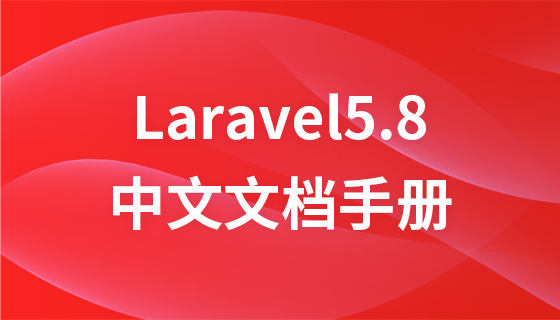Laravel模型批量赋值通过$fillable或$guarded控制字段安全性,使用create或update方法实现批量操作,$fillable指定允许字段,$guarded指定禁止字段,二者不可同时使用;处理关联模型时需用save()或associate()建立关系,若遇MassAssignmentException异常,应检查字段是否在$fillable中或未被$guarded保护;为增强安全,可手动赋值属性或结合Form Request Validation过滤输入数据。

Laravel模型批量赋值,也就是 Mass Assignment,是通过数组一次性设置模型属性,但为了安全,你需要明确定义哪些属性是允许被批量赋值的,这就是
$fillable
// 定义允许批量赋值的字段 protected $fillable = ['name', 'email', 'password']; // 或者,定义不允许批量赋值的字段 protected $guarded = ['id']; // 除了 id 之外的所有字段都可以批量赋值
$fillable
$guarded
Laravel模型批量赋值的具体用法?
在创建或更新模型时,你可以直接传递一个包含属性的数组。
// 创建新用户
$user = User::create([
'name' => 'John Doe',
'email' => 'john.doe@example.com',
'password' => bcrypt('secret')
]);
// 更新现有用户
$user = User::find(1);
$user->update([
'name' => 'Jane Doe',
'email' => 'jane.doe@example.com'
]);前提是,你的 User 模型中已经定义了
$fillable
$guarded
MassAssignmentException
$fillable
$guarded
$fillable
$guarded
$fillable
$guarded
id
created_at
updated_at
如果你的模型字段很多,并且只有少数几个字段需要保护,那么使用
$guarded
$fillable
// 使用 $guarded 禁用所有批量赋值 protected $guarded = ['*'];
这样做可以完全禁用模型的批量赋值功能,需要手动一个一个地设置属性。
如何处理关联模型的批量赋值?
关联模型的批量赋值稍微复杂一些,需要用到
save()
associate()
假设 User 模型有一个关联模型 Profile。
// 创建用户
$user = new User([
'name' => 'John Doe',
'email' => 'john.doe@example.com'
]);
// 创建 Profile
$profile = new Profile([
'bio' => 'A short bio about John Doe'
]);
// 保存用户
$user->save();
// 关联 Profile 和 User
$user->profile()->save($profile); // 使用 save 方法
// 或者
$user->profile()->associate($profile); // 使用 associate 方法
$user->save();save()
associate()
$user->save()
在批量赋值时遇到
MassAssignmentException
MassAssignmentException
$fillable
$guarded
解决方法很简单:
$fillable
$guarded
另外,在开发环境下,Laravel 会显示详细的错误信息,告诉你哪个字段导致了异常。仔细阅读错误信息,可以帮助你快速定位问题。
如果我不想使用
$fillable
$guarded
当然有。你可以完全放弃批量赋值,手动设置每个属性。
$user = new User();
$user->name = $request->input('name');
$user->email = $request->input('email');
$user->password = bcrypt($request->input('password'));
$user->save();虽然这种方法比较繁琐,但可以完全掌控每个属性的赋值过程,避免潜在的安全风险。
还可以使用 Form Request Validation 来验证用户提交的数据,确保只有合法的字段才能被用于更新模型。
// 创建一个 Form Request 类 php artisan make:request UpdateUserRequest
然后在
UpdateUserRequest
public function rules()
{
return [
'name' => 'required|string|max:255',
'email' => 'required|email|max:255|unique:users,email,'.$this->user->id,
];
}最后,在 Controller 中使用这个 Form Request。
public function update(UpdateUserRequest $request, User $user)
{
$user->name = $request->input('name');
$user->email = $request->input('email');
$user->save();
return redirect('/users');
}Form Request Validation 可以有效地防止恶意用户提交非法数据,增强应用的安全性。
以上就是Laravel模型批量赋值?填充able怎样定义?的详细内容,更多请关注php中文网其它相关文章!

每个人都需要一台速度更快、更稳定的 PC。随着时间的推移,垃圾文件、旧注册表数据和不必要的后台进程会占用资源并降低性能。幸运的是,许多工具可以让 Windows 保持平稳运行。




Copyright 2014-2025 https://www.php.cn/ All Rights Reserved | php.cn | 湘ICP备2023035733号